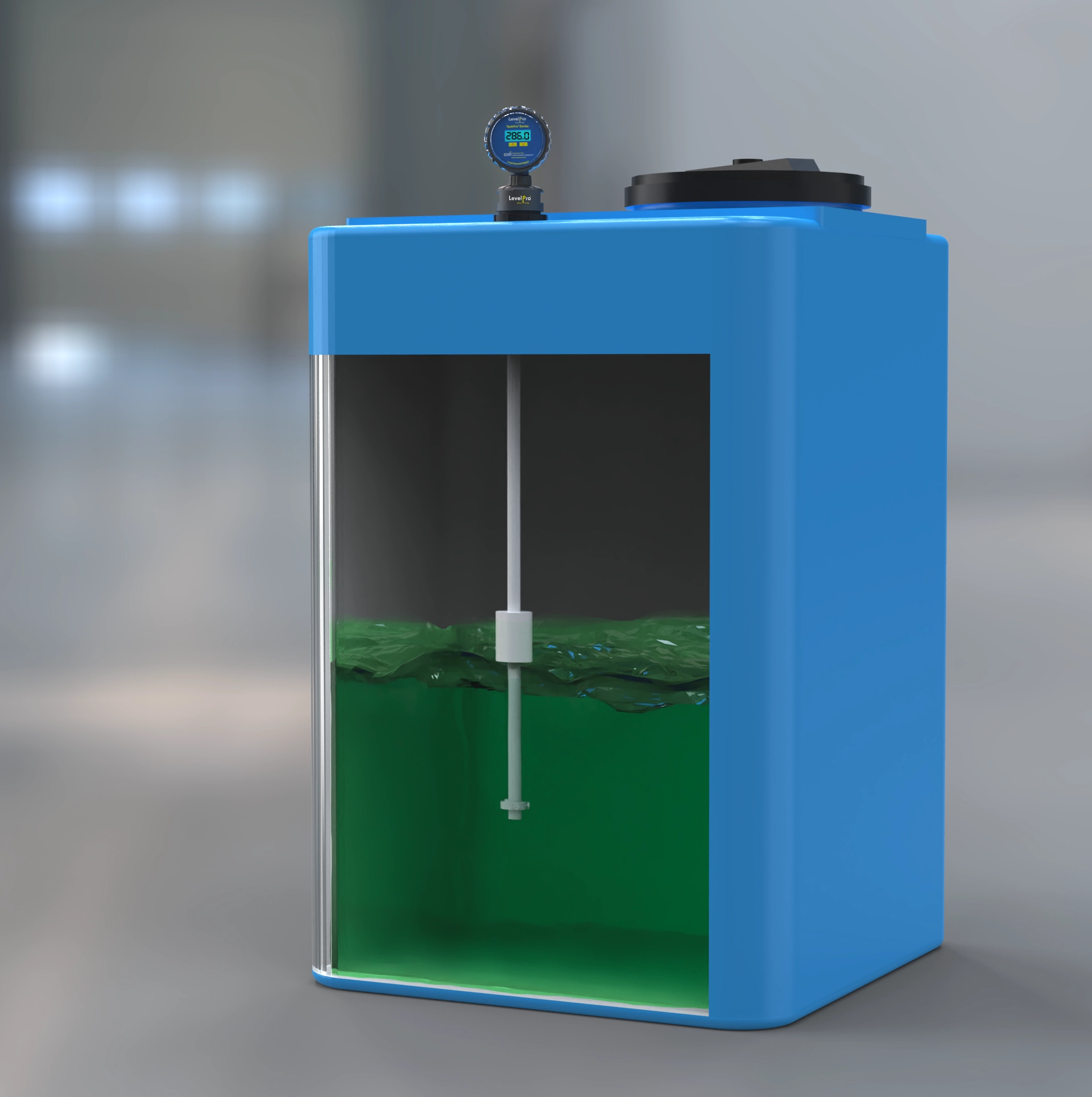How to Monitor the Level of a Chemical Tank: An Introduction

Monitoring the level of a chemical tank plays a crucial role in ensuring safety and efficiency in industrial operations. With various methods available, choosing the right one can make all the difference. Each method excels in specific applications, making it essential to match the solution to your needs. Below, we explain five effective monitoring techniques and recommend top-performing products from Icon Process Controls to help you achieve accurate, reliable results.
1. Pressure Sensors
If you’re dealing with pressurized tanks or hazardous chemicals, pressure sensors should be at the top of your list. These sensors work by measuring hydrostatic pressure to determine the liquid level inside the tank. As the liquid level rises or falls, changes in pressure provide a precise reading, ensuring accuracy across tanks of varying shapes and sizes.
- How It Works: Measures hydrostatic pressure to determine liquid levels.
- Best For: Pressurized tanks or hazardous chemicals.
- Advantages: Precise, reliable for various tank shapes and sizes.
Check out the OBS Pressure Gauge with Gauge Guard by Icon Process Controls!
2. Float Sensors
For applications that require simplicity and cost-effectiveness, float sensors offer a smart solution. A floating device inside the tank moves with the liquid level, activating a switch to send signals to a control system or trigger alarms. This straightforward method provides dependable performance for operations that don’t require high-tech solutions.
- How It Works: A floating device moves with liquid levels to activate a switch.
- Best For: Simpler applications.
- Advantages: Cost-effective and easy to install.
Check out the CFL Float Level Sensor Transmitter by Icon Process Controls!
3. Ultrasonic Sensors
When non-contact monitoring is essential, ultrasonic sensors provide an excellent option. These sensors emit high-frequency sound waves that bounce off the liquid surface. By calculating the time it takes for the sound wave to return, the sensor determines the liquid level. This method is particularly effective for monitoring corrosive or viscous chemicals where direct contact should be avoided.
- How It Works: Uses sound waves to calculate the distance to the liquid surface.
- Best For: Non-contact measurement for corrosive or viscous chemicals.
- Advantages: Accurate, minimal maintenance.
Check out the UltraPro 2000 Continuous Liquid Level Sensor Transmitter from Icon Process Controls!
4. Radar Sensors
For extreme conditions, radar sensors outperform other methods. These sensors use radio frequency signals to measure the distance to the liquid surface, providing precise readings even in harsh environments. Unlike some other methods, radar sensors are unaffected by vapor or temperature fluctuations, ensuring consistent and reliable monitoring.
- How It Works: Sends a radio signal to detect liquid levels.
- Best For: High-precision needs, harsh environments.
- Advantages: Works well in extreme conditions, unaffected by vapors.
Check out the ProScan 3 Continuous Radar Liquid Level Sensor Transmitter from Icon Process Controls!
5. Visual Inspection
For a low-tech or backup option, visual inspection is a practical choice. For example, by using visual or audible alarms, or sight glasses or transparent tank sections, operators can directly observe liquid levels. While this method may not provide the precision of other technologies, it is quick and simple, making it a useful fallback or supplementary system.
- How It Works: Observe levels using a sight glass or tank window.
- Best For: Low-tech or backup methods.
- Advantages: Simple and immediate.
Check out the ProAlert® 2 Visual | Audible Sentry Alarm by Icon Process Controls!
Why Monitoring Matters
Chemical tank monitoring reduces risks and ensures efficiency. The method chosen depends on the tank’s design and chemical properties. In conclusion, each sensor type has specific use cases and advantages.
Level Monitoring of a Chemical Tank — Contact Us
Discuss your specific application with our experts. We are here to help you select the ideal solution for your needs.
By using the best monitoring method, tank levels can be managed safely and efficiently. Contact Icon Process Controls today to discuss your application and find the perfect product for your needs!


